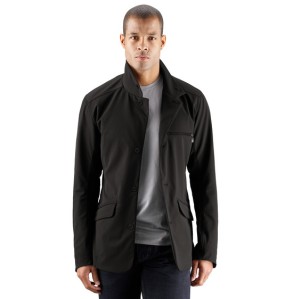If you’re interested in sustainable design, check out the Compostmodern 09 conference. The event will be available as a webcast, so you only have to worry about the long commute to your office, living room, kitchen table, or bed to get there.
Feb 21st is the big day/40$ webcast registration
This years scheduled speakers:
Eames Demetrios/Eames Office
Saul Griffith/Makani Power
Allan Chochinov/Core 77
Nathan Shedroff/MBA Chair, California College of the Arts (CCA)
Michel Gelobter, John Bielenberg and Pam Dorr/Project M and HERO Housing Resource, Alabama
Emily Pilloton/Project H Design
Dawn Danby/Sustainable Design Program Manager, Autodesk
Emcee: Joel Makower/GreenBiz
What does this have to do with sustainable fashion?
Compostmodern is a design conference dedicated to creating a platform for discussion on sustainable design practices. The interdisciplinary nature of the conference has created a network of information sharing that is relevant to discussions in sustainable fashion/textile design practices, as design is interdisciplinary. Last year, Mark Galabraith, discussed the nature of the sustainable filters used to create outdoor clothing company Nau Clothing, Inc. In his presentation, Galabraith discusses the clothing company as wanting to participate in the industry not as a brand, but rather as a cultural movement.
Some of the design questions he mentions as particularly central to the development of Nau Clothing, Inc. are issues surrounding durability, ease of repair, multi-use, raw material (biodegradability and treatment of animals) and impacts within manufacturing processes. He also speaks of the challenges associated with harmonizing urban sensibility with outdoor performance in a way that questions the ‘aesthetic point for sustainability’.
What I found particularly interesting is the company’s warehouse approach (coupled with a showroom boutique) used to hold merchandise. Although customers are able to take their product home immediately, a 10% is available to customers who are willing to have their garment sent to them. The company also boasts a recycle program (end of life strategy) where old products can be reused to be transformed into new ones (polyester used as a post-consumer material)
The key to Nau Clothing, Inc. is flexible design.
Check out Galabraith, and other speakers from last year’s conference here.
Check out more from Nau Clothing, Inc., like this men’s riding jacket, here.

Nau Clothing, Inc. Men's Riding Jacket

